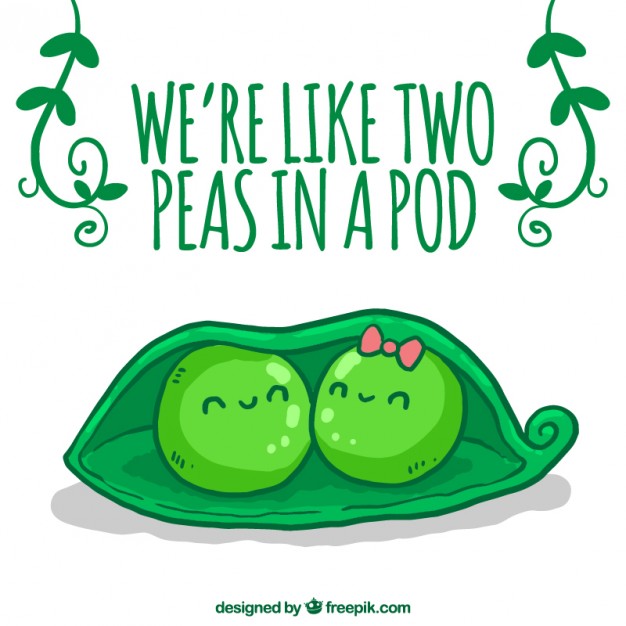August 12, 2019
Standards:
CCSS.ELA-LITERACY.RL.9-10.4
Determine the meaning of words and phrases as they are used in the text, including figurative and connotative meanings; analyze the cumulative impact of specific word choices on meaning and tone (e.g., how the language evokes a sense of time and place; how it sets a formal or informal tone).
Determine the meaning of words and phrases as they are used in the text, including figurative and connotative meanings; analyze the cumulative impact of specific word choices on meaning and tone (e.g., how the language evokes a sense of time and place; how it sets a formal or informal tone).
W.9-10.3 Write narratives to develop real or imagined experiences or events using effective technique, well-chosen details, and well-structured event sequences.
Obj: I can create narratives using figurative language.
Starter:
As a class we will listen to Replay by Iyaz.
Identify and label as many examples of figurative language as possible.
Vocabulary:
Word: Simile
Part of Speech: Noun
Dictionary Definition: a figure of speech involving the comparison of one thing with another thing of a different kind, used to make a description more emphatic or vivid (e.g., as brave as a lion, crazy like a fox ).
Your Definition:
Activity: Create your own example of a simile.

Activity:
1. One Pager Gallery Walk
Write down at least three examples of figurative language that your peers identified.
Write them on a separate sheet of paper and add it to your notes.
2. House on Mango Street 14-30.
As you read, pay attention to connotation and figurative language.
Identify at least three examples from any of the vignettes read today.
3. Figurative Language Creation
Using the three examples of figurative language that you identified in the vignettes, create three visuals. You may use storyboardthat or draw your creations.
You must include a representation of the quote, the quote, and an explanation of what it means.
Closure:
Connect the ideas from the story to your experiences growing up.
No comments:
Post a Comment